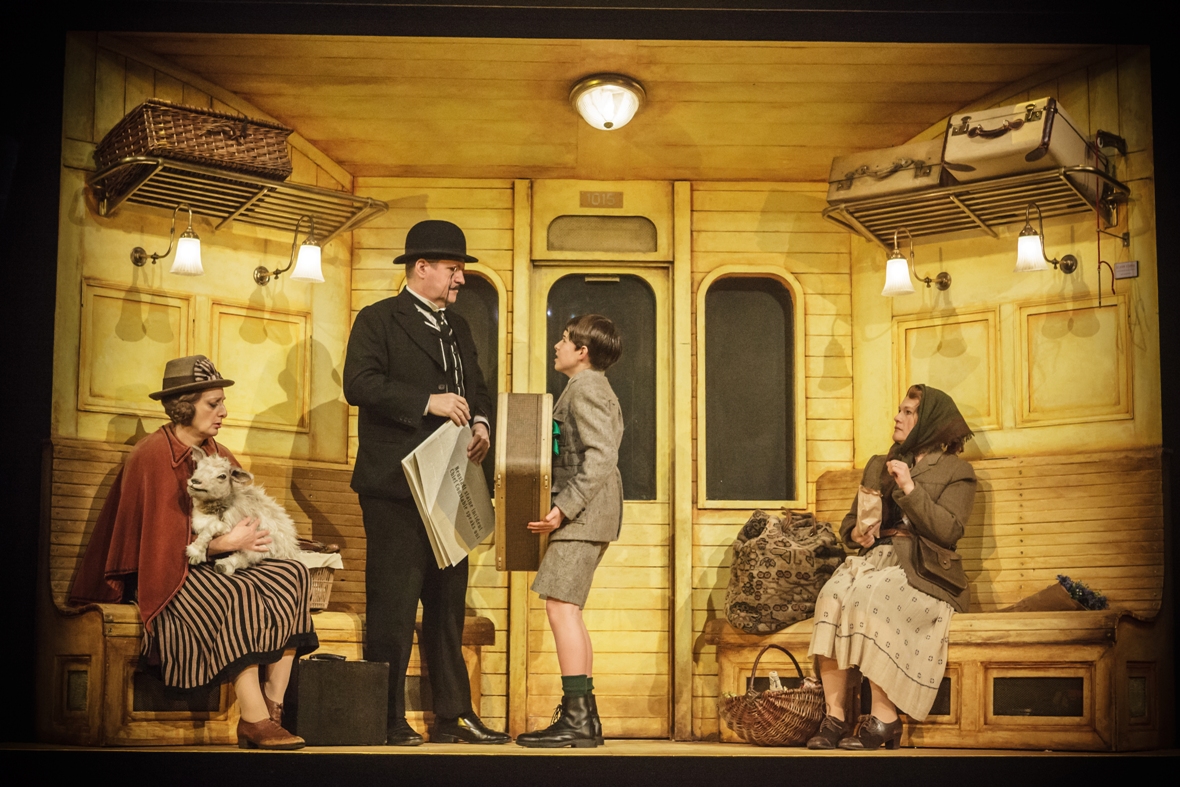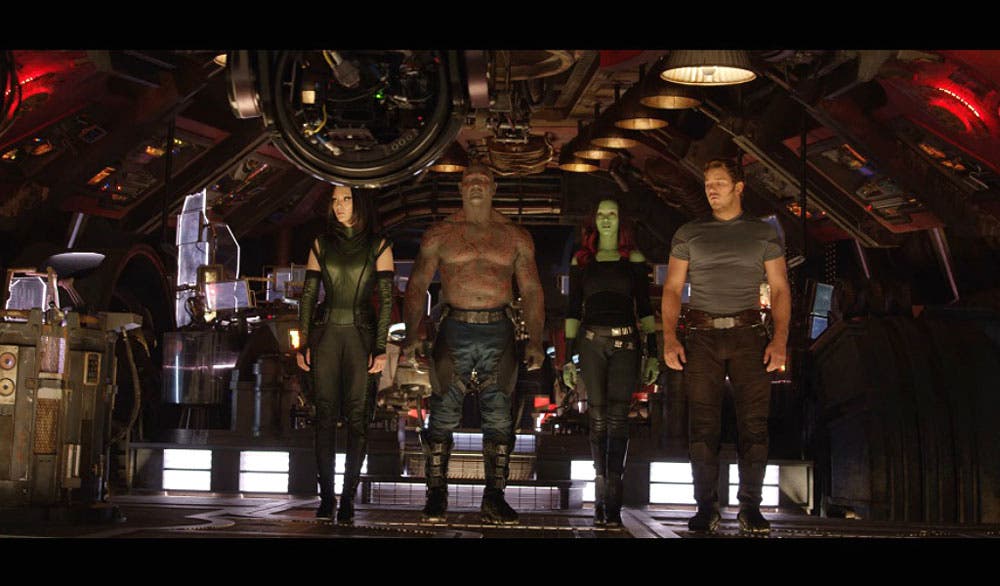

Tarkovsky wanted the film to look as if Urusevsky had shot it, and his DP, Vadim Yusov, managed to accommodate him. Urusevsky’s mastery of the camera greatly impressed Tarkovsky, and many of the decisions related to mise-en-scène, camera movement, and scene choreography in Ivan’s Childhood clearly follow the aesthetic model introduced by the cinematographer. For his graduation project, Tarkovsky had tried to approach The Cranes Are Flying’s legendary cameraman, Sergei Urusevsky, who had also shot Chukhrai’s austere revolution drama The Forty-first (1956). Tarkovsky’s debut has much in common with the works of his fellow Soviet filmmakers, and the influence that The Cranes Are Flying had on it is even greater than is generally acknowledged.

BEHIND THE FRAME THE FINEST SCENERY ENDING EXPLAINED FULL
“The most beautiful memories are those of childhood,” Tarkovsky noted, thus a number of private visions were brought into “the texture of the scenery.” In particular, he identified the images of the birch wood, the camouflage of birch branches on the first-aid post, the landscape in the background of the last dream, the lorry full of apples, and the horses wet with rain steaming in the sunshine as derived from his personal memories. Like Ivan’s, Tarkovsky’s childhood was spent during the war. Before a clear decision is made, he is sent into enemy territory on yet another mission, from which he will not return. Most of the film’s action happens over the course of two days: After Ivan returns from an assignment, there is talk of sending him away to the safety of a military school, yet he insists on continuing with his intelligence work. Although just a skinny boy, he is stubborn and aloof and demands to be treated as an equal by his fellow soldiers, many of whom he has bonded closely with. He has been with the partisans and is already an experienced frontline scout for the Soviet army, sent ahead on risky reconnaissance jobs.

Ivan’s Childhood is remembered alongside those notable films of the short-lived thaw that broke out of the propaganda mold and gave war the face of true human anguish.Īs the film opens, the twelve-year-old Ivan has already seen extensive violence and sorrow the Nazi invasion has led to the death of every member of his family. Beginning with Mikhail Kalatozov’s Cannes winner The Cranes Are Flying (1957), the most acclaimed war films of the period-which also included Grigori Chukhrai’s Ballad of a Soldier (1959), Sergei Bondarchuk’s Fate of a Man (1959), and, later, Rezo Chkheidze’s Father of the Soldier (1964)-moved away from combat and focused instead on the individual ordeals and suffering of those whose lives are irretrievably crippled by war. But the new wave of war films differed from earlier socialist realist efforts, which mostly featured glorious Homo sovieticus fighting the Nazis under Stalin’s bright guidance, as seen in Mikhail Chiaurelli’s emblematic Fall of Berlin (1949). Closely observed by the powers that be, war movies were the most likely type of film to be shown at international festivals and get proper distribution. At the time, much of the official discourse on Soviet identity was still largely shaped by the shadow of World War II. It was natural for Soviet directors looking to break into the mainstream to make war-themed films. The fourteen-year-old Nikolai Burlyaev, who was cast in Konchalovsky’s debut short, The Boy and the Pigeon (1961), was selected to play Ivan. The script was based on a novella by Vladimir Bogomolov but was reworked by Tarkovsky and his friend Andrei Mikhalkov-Konchalovsky (later an important Russian director in his own right, mostly known for 1979’s Siberiade). Ivan’s Childhood had already been in development at Mosfilm but had been put on hold, so it came as a lucky break when the property was handed to Tarkovsky. Not yet thirty years old, Tarkovsky had just graduated from VGIK (the Gerasimov All-Russian State Institute of Cinematography), the world’s oldest educational institution of its kind. Andrei Tarkovsky’s objective in Ivan’s Childhood (1962) was, in his own words, “to establish whether or not I had it in me to be a director.” He succeeded brilliantly: this austere, minimalist, and poetic film was the first major accomplishment in an oeuvre that would become one of Russia’s main contributions to the treasury of world cinema.


 0 kommentar(er)
0 kommentar(er)
